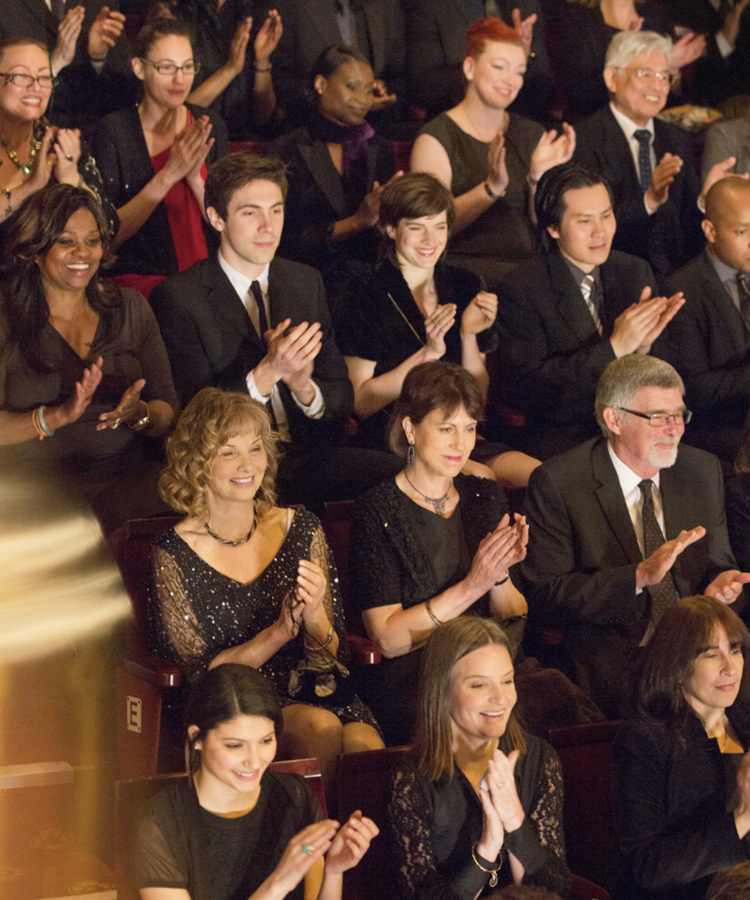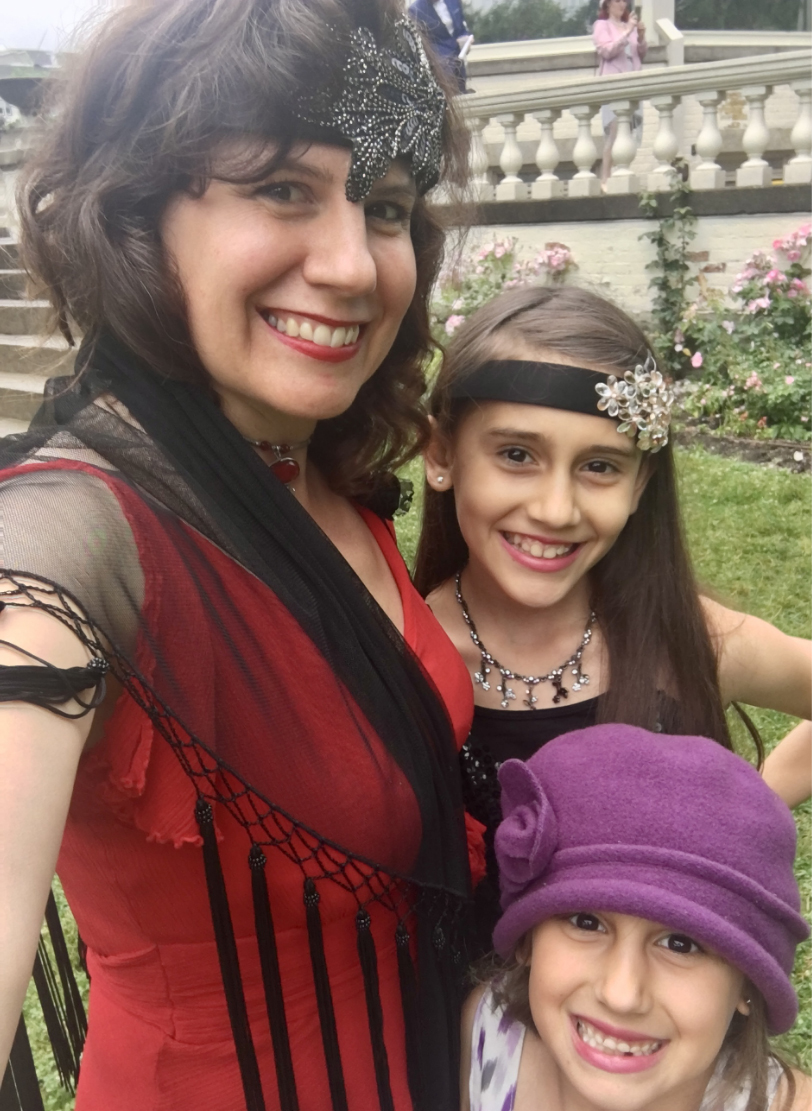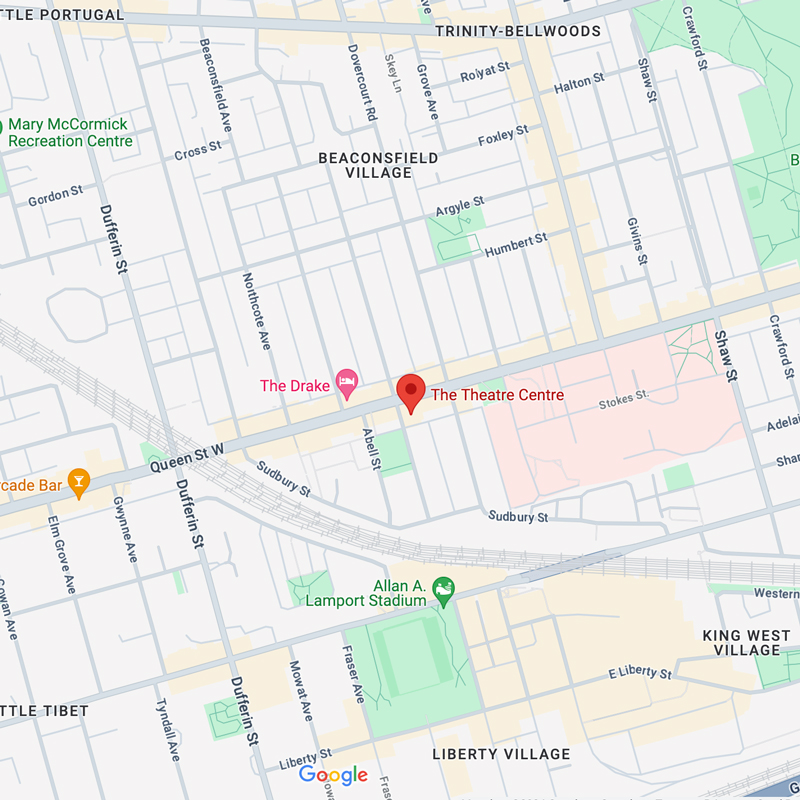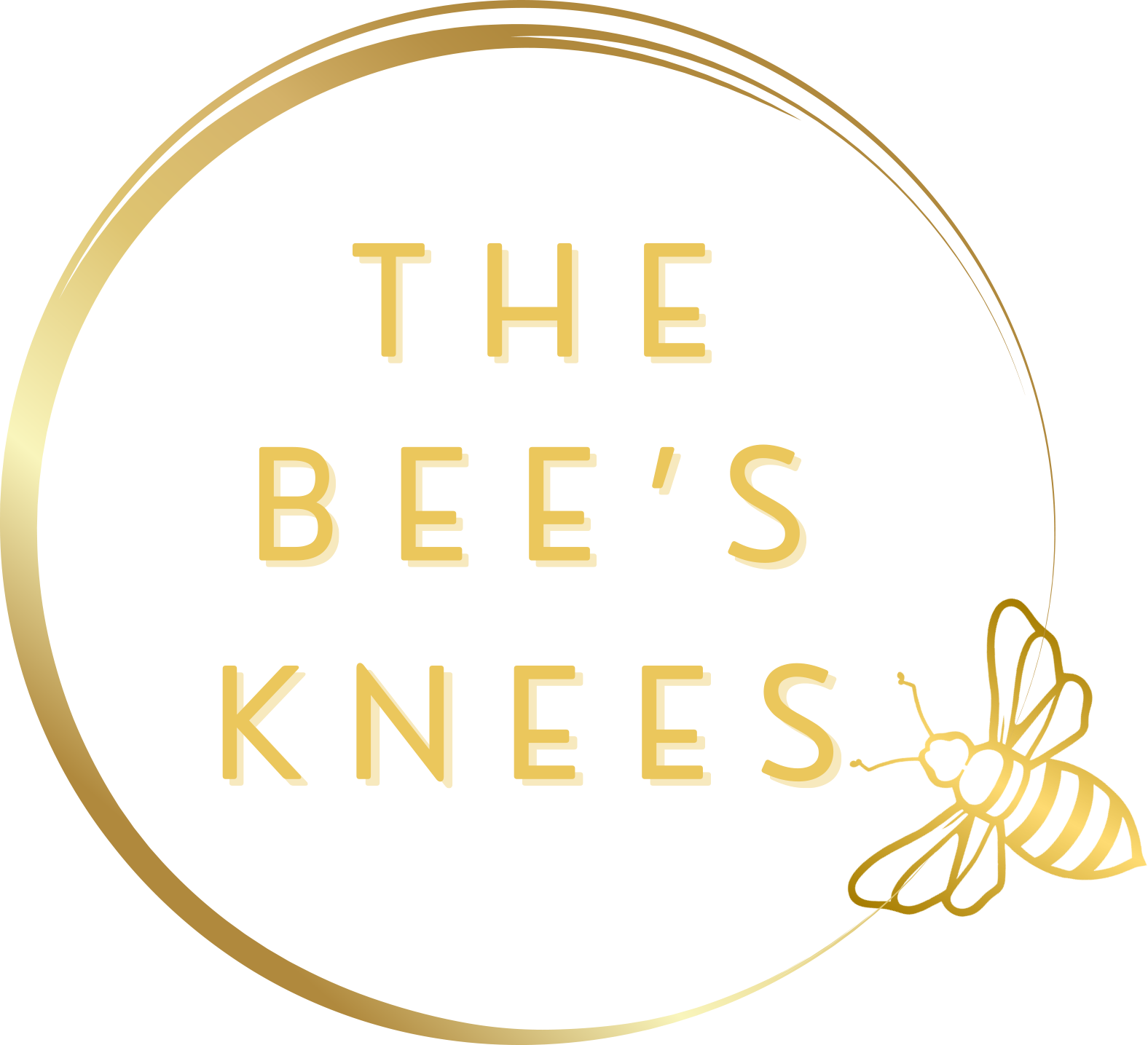Buy Tickets
Show Dates
Friday, Nov. 15
Opening Night
8:00 pm
Saturday, Nov. 16
8:00 pm
Sunday, Nov. 17
Pay what you can
3:00 pm
Tuesday, Nov. 19
8:00 pm
Wednesday, Nov. 20
8:00 pm
Thursday, Nov. 21
8:00 pm
Friday, Nov. 22
8:00 pm
Saturday, Nov. 23
8:00 pm
Sunday, Nov. 24
Pay what you can
3:00 pm
VENUE
Franco Boni Theatre
at The Theatre Centre.






Special Events
Enjoy the full Bee’s Knees experience and join us after the show!
We have lots of fun events planned, like a 1920s costume contest, jazz nights and a chance to debate a villainous politician!
Details coming soon! Join our mailing list and be among the first to know.
Contact UsThe Venue
Address
The Theatre Centre
1115 Queen St W, Toronto ON M6J 1J1




